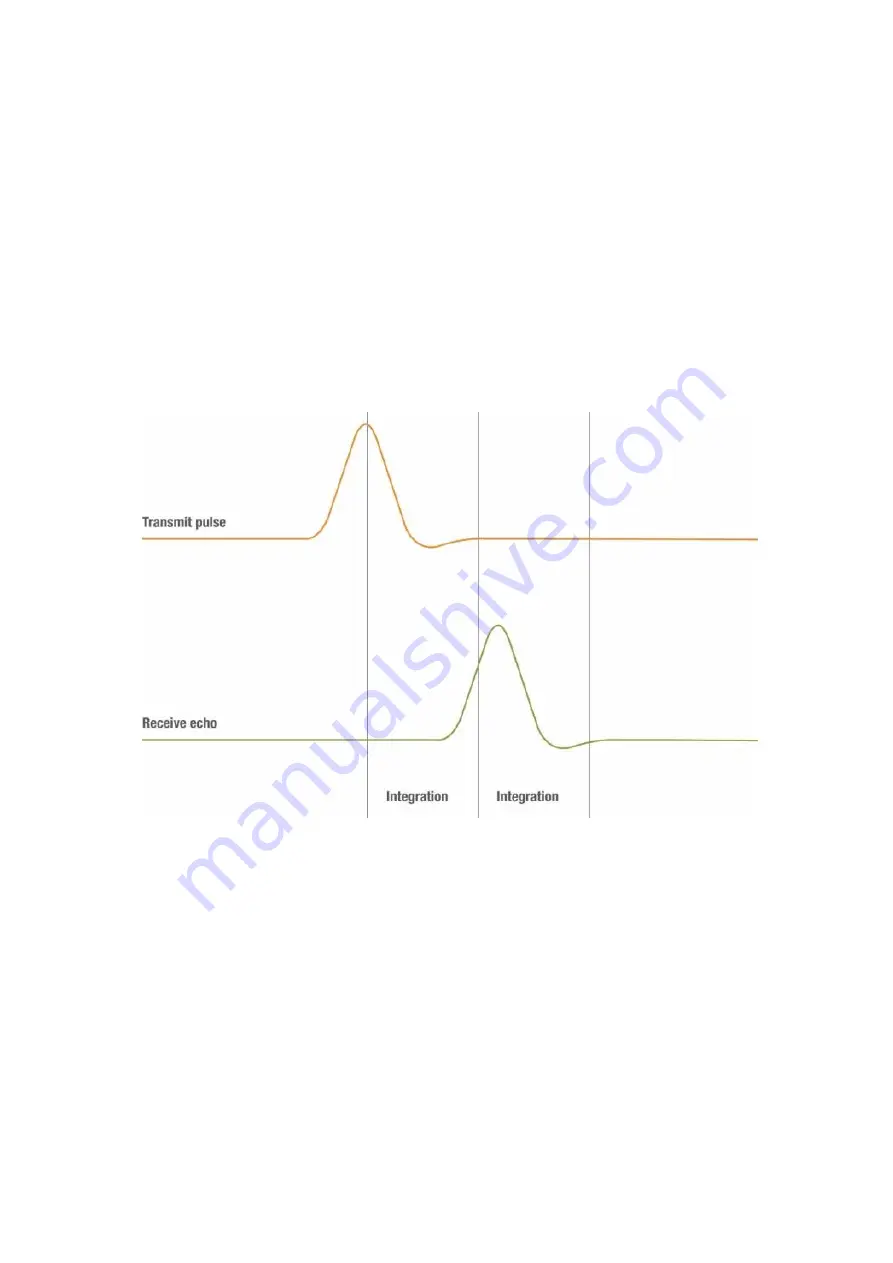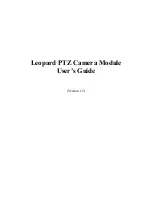
19
The difficulty in implementing the direct time-of-flight measurement method resides in
the time intervals to be measured. In order to resolve a distance to centimeter-level
accuracy, the required accuracy for the timers is 67 ps. Implemented in digital logic,
this would require a 15 GHz clock speed, which is obviously not practical. Therefore,
various time-to-digital conversion methods are typically used.
5.1.2 Range-gated Imaging ToF
Whereas direct time-of-flight relies on measurements made on the immediate value of
the received signal, range-gated imaging uses signal integration methods, typically
with CCD or CMOS imagers.
By measuring the energy received in successive integration intervals, it is possible to
extrapolate the distance between the sensor and the measured object, based on the
ratio of energy received in the different intervals.
The difficulty with range-gated imaging is that CCD and CMOS imagers have a limited
dynamic range; therefore, strong ambient light can easily cause saturation and impair
measurement. Furthermore, since neither the emitted and received pulses are perfect
rectangle pulses, nor is the sensor perfectly linear, compensation is required and
accuracy is ultimately limited.
5.1.3 Continuous Waveform ToF
In contrast to the previous two methods, phase difference measurement relies on a
modulated light source and evaluates the phase difference between the transmit
















































